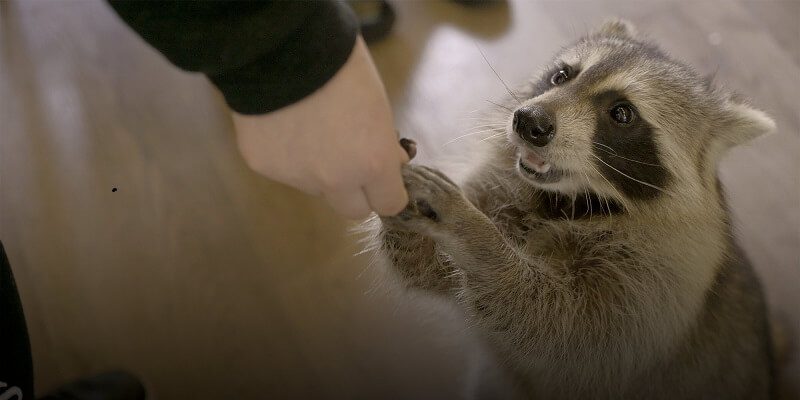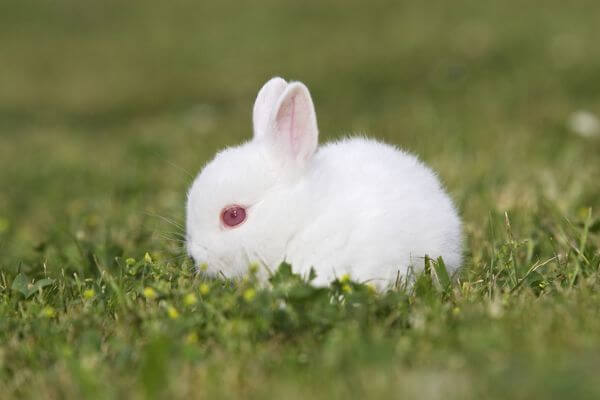The camel spider, also called the wind scorpion, is an arachnid, but it is not a spider at all. It can’t make a web and it also doesn’t have venom. Camel spiders are shadow seekers, called solpugids, which occupy desert regions around the world.
Camel spiders grow to a length of about 5 inches, 12.7 cm, with legs stretched out, and are slightly less frightening than their reputation.
Short history
Its folklore story began in 1991 with American soldiers during the Gulf War and was resumed in 2003 when the United States returned to Iraq. The soldiers reported that the spiders would rush through the sand directly toward them as if they were to attack. Indeed, camel spiders would occasionally run after the shadow and looked for the shadow created by soldiers.
Misinformation about camel spiders spread with rumors of their ability to run at 25 mph, 40 km/h, jump a few feet in the air, lay eggs in a camel’s stomach, and even inject sleeping soldiers with anesthetic venom to sneak up on pieces of meat.
The story of the camel spider is not limited to the Middle East. In Mexico, the name of the camel spider, matavenados, translates to “deer hunters.”
Camel spiders can reach speeds of 10 mph, 16 km/h, jump to modest heights, and are aggressive, although they are not the myth’s super spiders. A camel spider feeds on invertebrates, insects, and even small reptiles. They have enormous crushing jaws that have to work fast because they don’t have venom to subdue their prey.
Finally, camel spiders are called that, not because they feed on camels, but because they are found in the same desert-like climates as the camel.
Description of the camel spider
Since such an individual is a desert inhabitant, the color of the individual is either sandy-yellow or brown-yellow.
Several species inherit light dyes. Sopulga, as it is called in Russian, is a fairly large individual, on which the body, about 5-7 cm long, and limbs are covered with numerous hairs, giving this spider quite a threatening appearance.
You might also like my articles on whether spiders are insects, what tarantulas eat, and whether tarantulas can swim.
The eye lobe placed on it with a pair of convex eyes is visible on the front edge of the shield’s head. The lateral eyes do not develop phalanx.
Of course, among the inhabitants of the planet, there are camel spiders who do not exceed more than 15 mm in size, but this does not change their essence of natural predators of insects. Camel spiders, because of the specific shape of their body, differ surprisingly in their maneuverability and mobility, and some of them are able to accelerate to 16 km/h. For such skills, they are called wind scorpions.
The habitat of a camel spider
Desert terrain and arid climate are the most comfortable conditions for living. The camel spider is most often found all around the world’s deserts. It also lives in Lower Volga, Kalmykia, Transcaucasia, North Caucasus, Central Asia, and Kazakhstan.
Familiar with such a splendid arachnid are also Spain and Greece. It is occasionally found in Crimea. A camel spider is almost never found in Australia.
Camel spiders in nature
Almost all camel spiders are nocturnal. During the day, they hide in various shelters: the traces of rodents, under the rocks, and are able to dig their own hides as well. Some of them are looking for a new home every time, and others can use just one for a long time. By the way, the nocturnal species of the spider are attracted to different light sources. For example, in the desert, they can approach the light of a fire, as their massive cluster is observed under lanterns, and some spiders can penetrate into lighted rooms.
If the spider enters the tent, then it is impossible to remove it, unless you hurt it or sweep it with the broom outside the house. In this case, you should always wear thick gloves and pants. It is worth knowing that you cannot crush any camel spider in the sand.
In case of a camel spider bite, the affected area should be washed with either antiseptic, iodine, or alcohol; When the wound gets infected, one should start taking antibiotics.
A spider against its victims
Being natural predators, these large spiders, which in nature exist more than 1000 species, are omnivores, but also carnivores. They can eat spiders, lice, bees, termites, cockroaches, and twilight beetles, and will not give up in front of larger prey, such as lizards, young rodents, and small chicken birds.
In fights with scorpions, the camel spider almost always comes out as the winner. They chase the prey with lightning speed and tightly squeeze it with their large forceps. Aggressive and defensive spider camels, have increased attention and can be really violent.
Hostility is seen in relation to others from its species. An interesting feature of the camel spider is the loud, scary sound they make during the attack on an opponent. It is formed through the contact and friction of chelicerae, the jaws.
Reproduction
 The male finds the female by means of the sense of smell on the tentacles. The mating process takes place at night and takes several minutes. The spider from the surface of the ground releases a sticky substance with spermatophore, then picks it up on the chelicera and sends it to the female genital opening.
The male finds the female by means of the sense of smell on the tentacles. The mating process takes place at night and takes several minutes. The spider from the surface of the ground releases a sticky substance with spermatophore, then picks it up on the chelicera and sends it to the female genital opening.
When the mating male behaves reflexively it can be removed at this time by the female, and the spider won’t even notice. They can continue their actions, but they would be in vain. During fertilization, female behavior is strangely inert; the male can be pulled behind her. After the deed is done, the female, who was previously very passive, suddenly becomes aggressive and can even eat the male, so the latter is better to be quick.
Sometime later, the female begins to build a burrow, in which it lays up to 200 eggs.
In winter, the camel spider enters hibernation, some even during the summer months.
Is it dangerous for people?
Large spiders can bite a person’s skin, which makes them dangerous to humans. Despite the fact that the camel spider does not have glands to produce venom and inject it, the bite of such a spider still poses a threat to human life.
Its mouth contains rotting remnants of previous victims, often very toxic. When exposed to an open wound, these enzymes that break down can cause local inflammation and general blood infections. Even without such frightening consequences, the bite of a camel spider is painful and unpleasant.
No wonder the camel spider is the source of many exaggerated stories, with impressive speed, generous size, and enormous protruding jaws. The wonderful camel spider brings to mind movies like Starship troopers, which confront humanity with worlds where giant arachnids reign. But at least for now, the camel spider remains a mere shadow seeker, pouncing through the sand for another meal that will probably have at least 4 feet, if not 6 or 8. And that’s good news for us.




